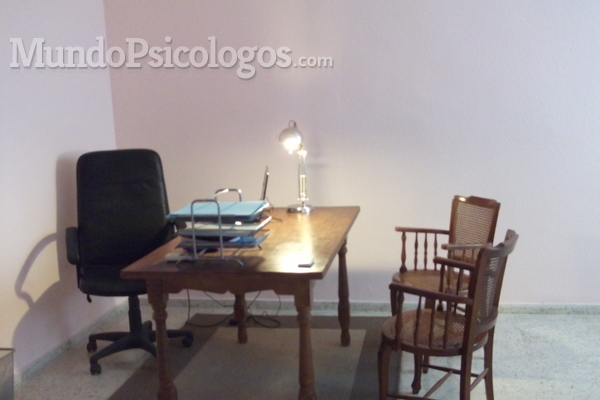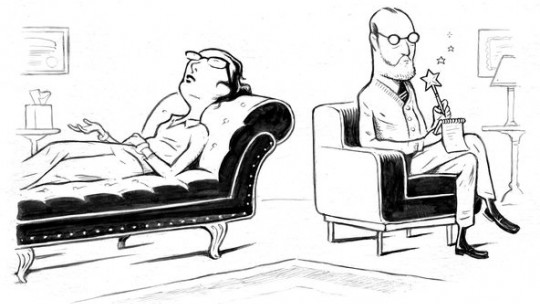Many people, when making an appointment to come to the consultation, tell me that they don’t know what it’s like to do therapy; They feel confused, and even scared at times.

Many people, when making an appointment to come to the consultation, tell me that they don’t know what it’s like to do therapy; They feel confused, and even scared at times. That is why I want to explain what the therapeutic process that I apply consists of, and that it is very similar to that of all cognitive-behavioral training psychologists; that is, those of us who follow a scientific method.
At the first appointment, the patient tells me everything he considers important about his problems, his situation, his life… Next, I give him a series of tests, tests and self-records that he will normally do at home. After correcting the tests, and having obtained a lot of information, I make a diagnosis and a treatment proposal; I give it to the patient to see if he agrees. At that moment, the patient begins to work on change.
The exercises vary depending on the specific problem but, in all cases, after what we talk about in the consultation, the patient will have “homework” that they must do in their daily life. The most important thing is what the patient does outside the consultation: sometimes, he has to write about what we are treating, other times he will have to face fears, obsessions, etc.; or you will commit to including new activities in your life, etc. etc
When necessary, in the consultation we try some relaxation technique or we enter “in imagination” in a problematic situation; But, relaxation must be rehearsed and used in real life and the patient must face the feared situations in real life. Occasionally, very exceptionally, I may have a session outside of the consultation to address a specific problem (for example, with someone who suffers from anxiety on the street).
We usually see each other once a week at first and, later, we usually distance the sessions and see each other every 15 days. The duration of therapy depends on the case and also on what the person intends. Some just want to end their most immediate problems, while others want a deeper change.
The success of therapy depends largely on the patient’s attitude. People who are willing to change and work to overcome their problems usually succeed. An orderly therapy is the key to success. As therapists, we contribute our knowledge and, if possible, our enthusiasm; patients do the most important part.








